Home>Dining>Tableware>Where Should Silverware Go In The Kitchen
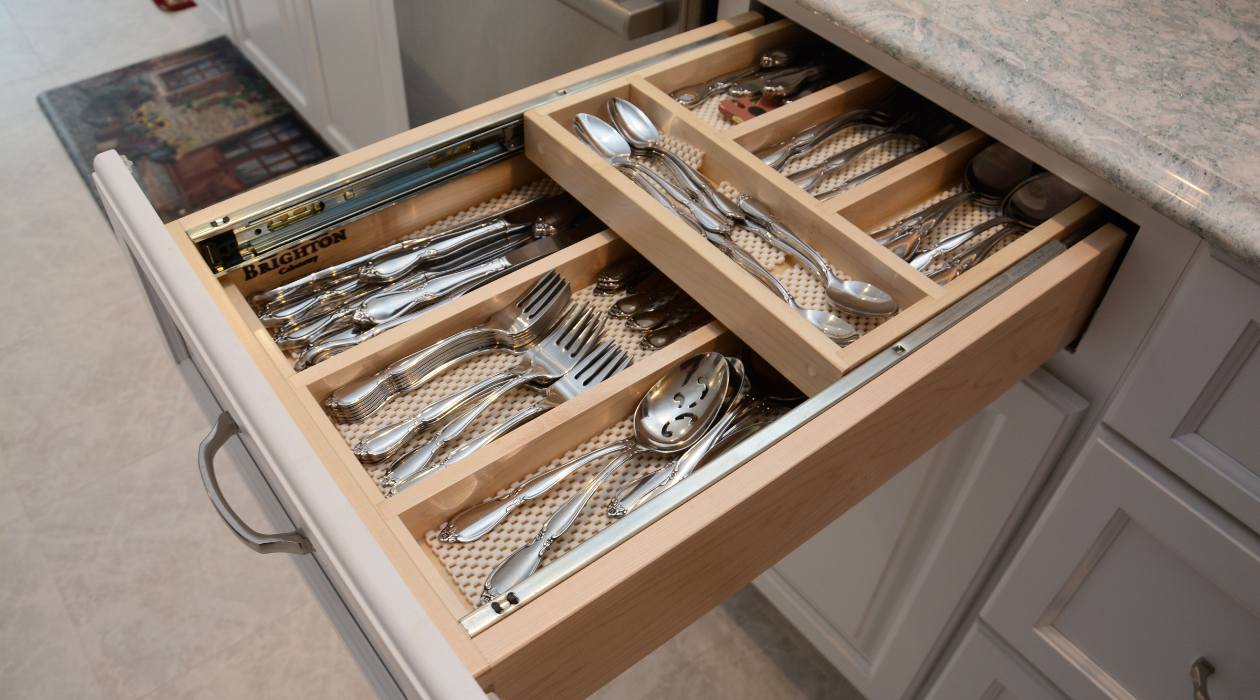

Tableware
Where Should Silverware Go In The Kitchen
Modified: January 8, 2024
Find the perfect spot for your tableware in the kitchen. Discover where silverware should go for an organized and functional space.
(Many of the links in this article redirect to a specific reviewed product. Your purchase of these products through affiliate links helps to generate commission for Storables.com, at no extra cost. Learn more)
Introduction
Welcome to the world of tableware, where the art of serving and enjoying meals is elevated to new heights. Among the various components of tableware, silverware holds a significant place. Whether it’s a family gathering or a formal dinner party, having well-organized silverware in the kitchen is essential for both practicality and aesthetics.
In this article, we will explore the importance of properly organizing silverware in the kitchen and discuss various factors to consider when choosing a location for it. Additionally, we will delve into different options for placing silverware in the kitchen, examining the pros and cons of each. Lastly, we will share some best practices for keeping silverware organized, ensuring that your dining experience is always a seamless and enjoyable one.
Without further ado, let’s dive in and uncover the secrets of perfect silverware organization!
Key Takeaways:
- Properly organizing silverware in the kitchen is essential for efficiency, aesthetics, and durability. Consider factors like accessibility and storage options to enhance your dining experience.
- Utilize best practices such as decluttering, separate compartments, and regular cleaning to maintain an organized silverware collection. Elevate your kitchen and dining experience with a well-structured storage system.
The Importance of Organizing Silverware in the Kitchen
Organizing silverware in the kitchen may seem like a trivial task, but it plays a crucial role in creating an efficient and functional cooking and dining space. Here are a few reasons why it is important to have a well-organized silverware storage system:
- Ease of Access: By organizing silverware in a designated location, you can easily find the utensils you need when preparing meals. This saves time and effort in the kitchen, allowing you to focus on the task at hand.
- Efficient Meal Preparation: When cooking, having silverware within reach ensures a smooth workflow. From measuring ingredients to stirring sauces, having the right utensils readily available can make the cooking process more efficient and enjoyable.
- Aesthetics: A well-organized silverware storage system enhances the visual appeal of your kitchen. By neatly arranging your cutlery, you can create a clean and clutter-free countertop, making your kitchen look more inviting and organized.
- Durable and Long-lasting: Properly organizing silverware helps protect your utensils from damage. By storing them in designated compartments or drawers, you can prevent scratches, dents, and other forms of wear and tear, thus extending the lifespan of your silverware.
- Enhanced Table Setting: Organized silverware allows for a seamless and elegant table setting. From casual meals to formal occasions, having silverware placed correctly adds a touch of sophistication to your dining experience, creating a sense of harmony and attention to detail.
By recognizing the importance of organizing silverware in the kitchen, you can transform your cooking and dining space into a well-structured, efficient, and aesthetically pleasing environment. With this in mind, let’s explore the factors to consider when choosing the perfect location for your silverware.
Factors to Consider when Choosing a Location for Silverware
When it comes to selecting the ideal location for storing your silverware in the kitchen, there are a few factors to keep in mind. Consider the following elements to ensure that your silverware is easily accessible and organized:
- Proximity to the Dining Area: It is convenient to store your silverware close to the dining area. This allows for easy access when setting the table or serving meals. Consider a storage solution within arm’s reach of the dining table or in a nearby cabinet for practicality.
- Accessibility for Everyday Use: Choose a location that provides easy access to your silverware for everyday use. Consider drawers or compartments that are easily opened and closed, ensuring that you can quickly and effortlessly grab the utensils you need when cooking or dining.
- Separate Storage: It is advisable to have a separate storage area for silverware rather than mixing it with other kitchen tools. This helps prevent damage to the silverware and keeps it organized. Look for dedicated silverware holders, trays, or drawer organizers to keep your utensils neatly separated.
- Organization and Capacity: Consider the storage capacity and organization options when choosing a location for your silverware. Assess the number of pieces you have and select a storage solution that can accommodate them comfortably. Look for dividers or compartments that can hold knives, forks, spoons, and other utensils separately to maintain order.
- Protection and Durability: Choose a storage solution that offers protection and durability for your silverware. Look for materials that are resistant to scratches, such as lined drawers or organizers with protective coatings. This ensures that your utensils remain in excellent condition and retain their shine for years to come.
By considering these factors, you can effectively choose the optimal location for storing your silverware in the kitchen. The next section will explore different options for placing silverware, allowing you to find the perfect solution for your kitchen layout and preferences.
Different Options for Placing Silverware in the Kitchen
When it comes to placing silverware in the kitchen, there are a variety of options to consider. The choice you make will depend on factors such as available space, kitchen layout, and personal preferences. Let’s explore some popular options:
- Utensil Drawers: One of the most common and convenient ways to store silverware is in dedicated utensil drawers. These drawers typically have compartments or dividers to keep the different types of utensils separated and organized. Utensil drawers provide easy access and can fit seamlessly into most kitchen designs.
- Drawer Organizers: If your kitchen doesn’t have dedicated utensil drawers, you can opt for drawer organizers. These come in various sizes and configurations, allowing you to customize the compartments to accommodate your silverware. Drawer organizers can be easily added to existing drawers, providing a neat and organized storage solution.
- Countertop Caddies: For those who prefer to have their silverware within reach on the countertop, countertop caddies or utensil holders are an excellent option. These are typically made of ceramic, stainless steel, or other durable materials and provide separate compartments for each type of utensil. Countertop caddies add a decorative element to your kitchen while keeping silverware organized and easily accessible.
- Hanging Racks: If you have limited drawer space or want to display your silverware, consider installing a hanging rack. These racks can be mounted on walls or underneath cabinetry and feature hooks or slots for hanging utensils. Hanging racks not only keep silverware organized and easily accessible but also add a visually appealing element to your kitchen decor.
- Cutlery Trays: Cutlery trays are another popular option for organizing silverware. These trays fit inside drawers and provide separate compartments for each utensil. Cutlery trays are available in different sizes and materials, allowing you to choose one that suits your specific needs and complements your kitchen’s aesthetic.
Each of these options has its own advantages and can be chosen based on your kitchen layout and personal preferences. Consider the available space, the number of utensils you have, and the overall aesthetic of your kitchen when selecting the most suitable option for placing your silverware.
In the next section, we will discuss the pros and cons of different silverware storage solutions, helping you make an informed decision.
Store silverware in a drawer near the dishwasher or dining area for easy access. Use a utensil organizer to keep items separated and organized.
Pros and Cons of Various Silverware Storage Solutions
When it comes to storing silverware in the kitchen, there are several options available, each with its own set of pros and cons. Let’s examine the advantages and disadvantages of different silverware storage solutions:
- Utensil Drawers:
- Pros:
- Convenient and easily accessible.
- Can accommodate a large number of utensils.
- Keeps silverware out of sight, creating a clean and organized look.
- Cons:
- Requires dedicated drawer space.
- May not be suitable for kitchens with limited drawer storage.
- Drawer Organizers:
- Pros:
- Customizable compartments to accommodate different silverware sizes.
- Can be added to existing drawers for better organization.
- Keeps silverware neatly separated and prevents scratching.
- Cons:
- May require additional purchase and installation.
- Can take up space in the drawer, limiting storage for other items.
- Countertop Caddies:
- Pros:
- Allows silverware to be easily accessible on the countertop.
- Adds a decorative element to the kitchen.
- Can be easily moved and cleaned.
- Cons:
- Requires countertop space, which may be limited in smaller kitchens.
- Exposed silverware may collect dust and require frequent cleaning.
- Hanging Racks:
- Pros:
- Saves drawer or countertop space.
- Adds a unique and decorative element to the kitchen.
- Allows for better air circulation, preventing moisture buildup.
- Cons:
- Requires wall or under-cabinet mounting, which may not be suitable for all kitchen layouts.
- Exposed silverware may require more frequent cleaning.
- Cutlery Trays:
- Pros:
- Provides separate compartments for each type of utensil.
- Fits inside drawers, keeping silverware organized and protected.
- Prevents scratching and damage to the silverware.
- Cons:
- May limit the size and number of utensils that can be stored.
- Requires dedicated drawer space.
Consider the pros and cons of each storage solution to determine which option best fits your kitchen layout, storage needs, and personal preferences. Remember, the goal is to find a storage solution that keeps your silverware organized, easily accessible, and well-protected.
In the next section, we will share some best practices for effectively organizing silverware in the kitchen, ensuring a seamless and enjoyable dining experience.
Read more: Where To Put Silverware On The Table
Best Practices for Keeping Silverware Organized
Keeping your silverware organized in the kitchen is essential for a functional and visually appealing space. Follow these best practices to ensure that your silverware stays neatly arranged and easily accessible:
- Sort and Declutter: Start by sorting through your silverware and decluttering any items that are damaged, no longer used, or are duplicates. This will help streamline your collection and make organizing easier.
- Incorporate Separate Compartments: Use utensil drawers with built-in compartments or consider purchasing drawer organizers or cutlery trays. These separate compartments allow you to categorize your silverware and prevent them from getting mixed up.
- Arrange in a Logical Order: Within each compartment or drawer, arrange your silverware in a logical order. Place forks together, followed by spoons, and then knives. This makes it easier to find what you need when setting the table or cooking.
- Consider Utensil Dividers: If using a drawer without built-in compartments, consider using utensil dividers to keep your silverware separate and organized. These dividers can be adjusted to fit the size of your utensils and keep them from sliding around.
- Label or Use Visual Cues: If you have multiple compartments or drawers for silverware, consider labeling them or using visual cues to indicate which utensils go where. This helps everyone in the household know where to find and return the silverware, maintaining organization over time.
- Regularly Clean and Polish: Silverware can accumulate dirt and tarnish over time. Regularly clean and polish your silverware to keep it looking its best. This not only enhances its appearance but also ensures that it is safe and hygienic to use.
- Inspect for Damage: Periodically inspect your silverware for any signs of damage or wear. Replace or repair any utensils that are damaged to maintain a high-quality collection.
- Store in a Dry Environment: Silverware should be stored in a dry environment to prevent tarnishing. Avoid storing it in damp areas, such as near the sink or dishwasher, to maintain its luster.
- Keep Sharp Objects Separate: If you have sharp knives in your silverware collection, store them separately from the other utensils. This helps prevent accidental injuries and keeps the blades in good condition.
By following these best practices, you can ensure that your silverware remains organized, clean, and easily accessible. This not only improves your overall kitchen organization but also elevates your dining experience by adding an air of sophistication to your table setting.
With an organized silverware storage system in place, you can enjoy meal preparation and dining in a well-structured and efficient manner.
To conclude, keeping your silverware organized in the kitchen is essential for both practicality and aesthetics. Consider the different storage options available, weigh their pros and cons, and choose the one that best suits your needs. Implement the best practices outlined above to maintain a well-organized silverware collection that enhances your cooking and dining experiences.
Conclusion
Organizing silverware in the kitchen may seem like a simple task, but it plays a significant role in creating an efficient and visually appealing space. Considering factors such as accessibility, proximity to the dining area, and organization options are key to choosing the perfect location for your silverware. With various storage solutions available, including utensil drawers, drawer organizers, countertop caddies, hanging racks, and cutlery trays, you can find the option that best fits your kitchen layout and personal preferences.
Understanding the pros and cons of different silverware storage solutions allows you to make an informed decision. Whether you prefer easily accessible utensil drawers or decorative countertop caddies, each option offers its own advantages and considerations.
By implementing the best practices for keeping silverware organized, such as sorting and decluttering, utilizing separate compartments, arranging utensils logically, and regularly cleaning and inspecting your silverware, you can maintain a functional and aesthetically pleasing kitchen. Additionally, labeling or using visual cues, using utensil dividers, and storing silverware in a dry environment contribute to a well-structured storage system.
Remember, a well-organized silverware collection enhances the efficiency of meal preparation, adds a touch of elegance to your dining experience, and prolongs the life of your silverware. It provides ease of access, protects your utensils from damage, and ensures a seamless and enjoyable cooking and dining experience.
So, take the time to organize your silverware in a way that suits your needs and preferences. Make use of the available storage options and incorporate the best practices discussed in this article. With a well-organized silverware storage system in place, you’ll not only save time and effort in the kitchen but also create a visually appealing and functional space for your culinary endeavors.
Cheers to a well-organized kitchen and many enjoyable meals with perfectly arranged silverware!
Frequently Asked Questions about Where Should Silverware Go In The Kitchen
Was this page helpful?
At Storables.com, we guarantee accurate and reliable information. Our content, validated by Expert Board Contributors, is crafted following stringent Editorial Policies. We're committed to providing you with well-researched, expert-backed insights for all your informational needs.

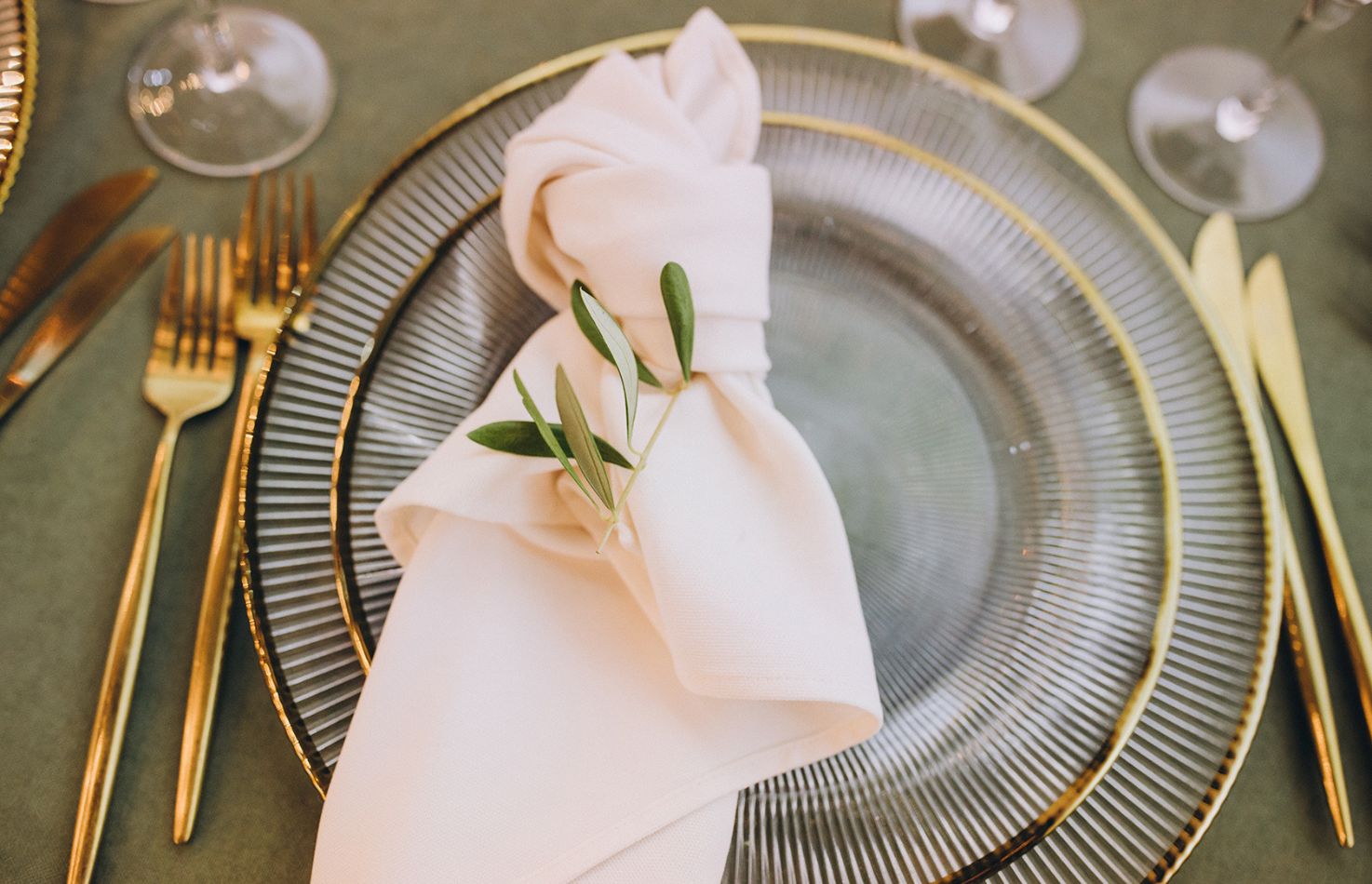
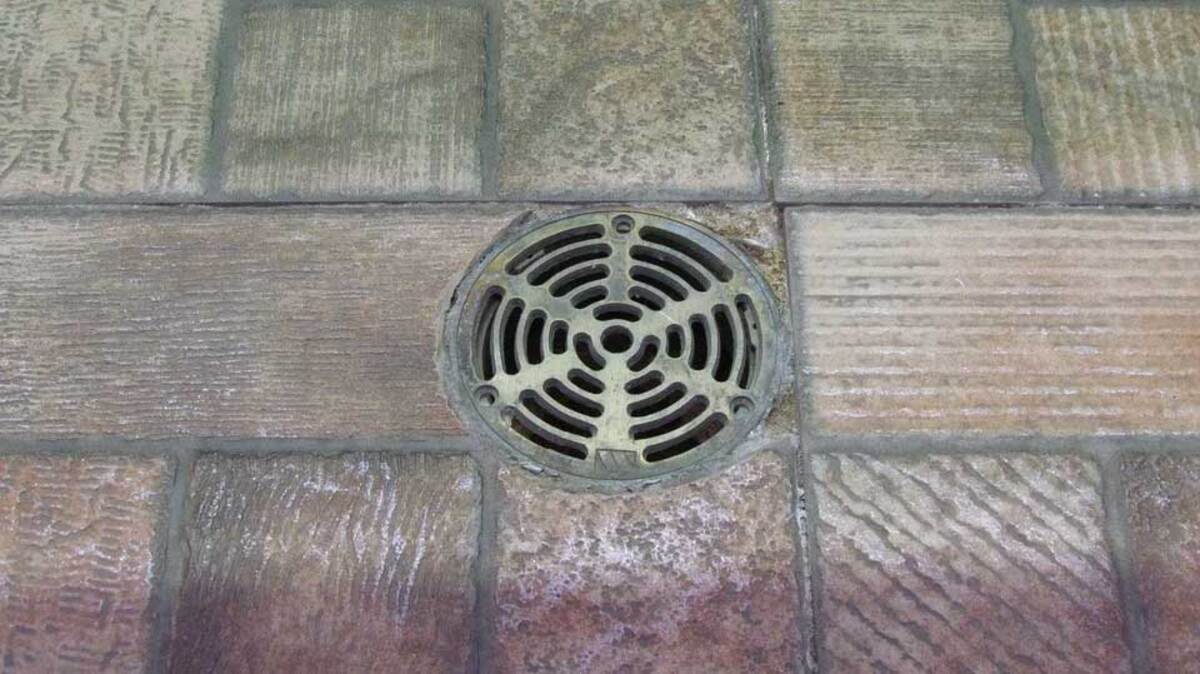

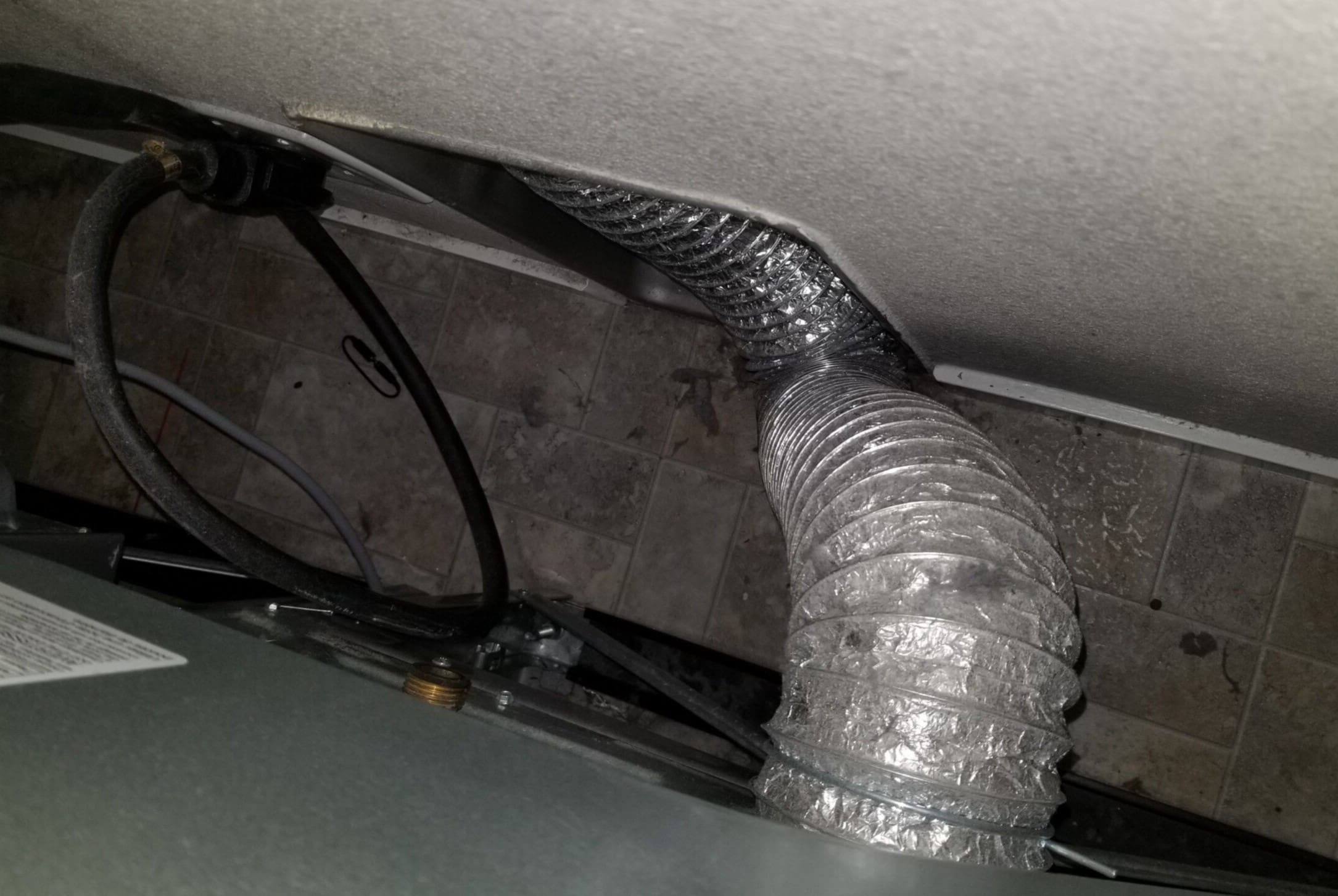
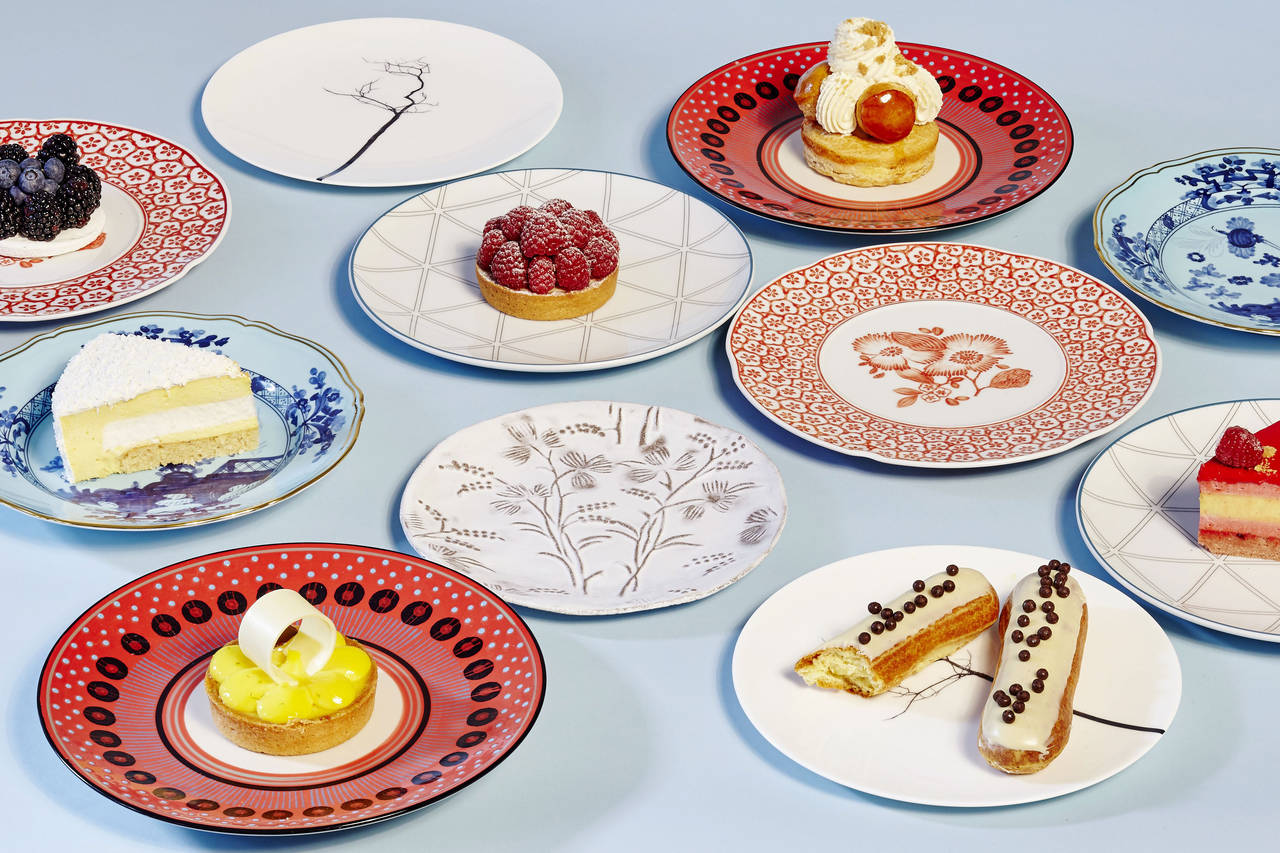


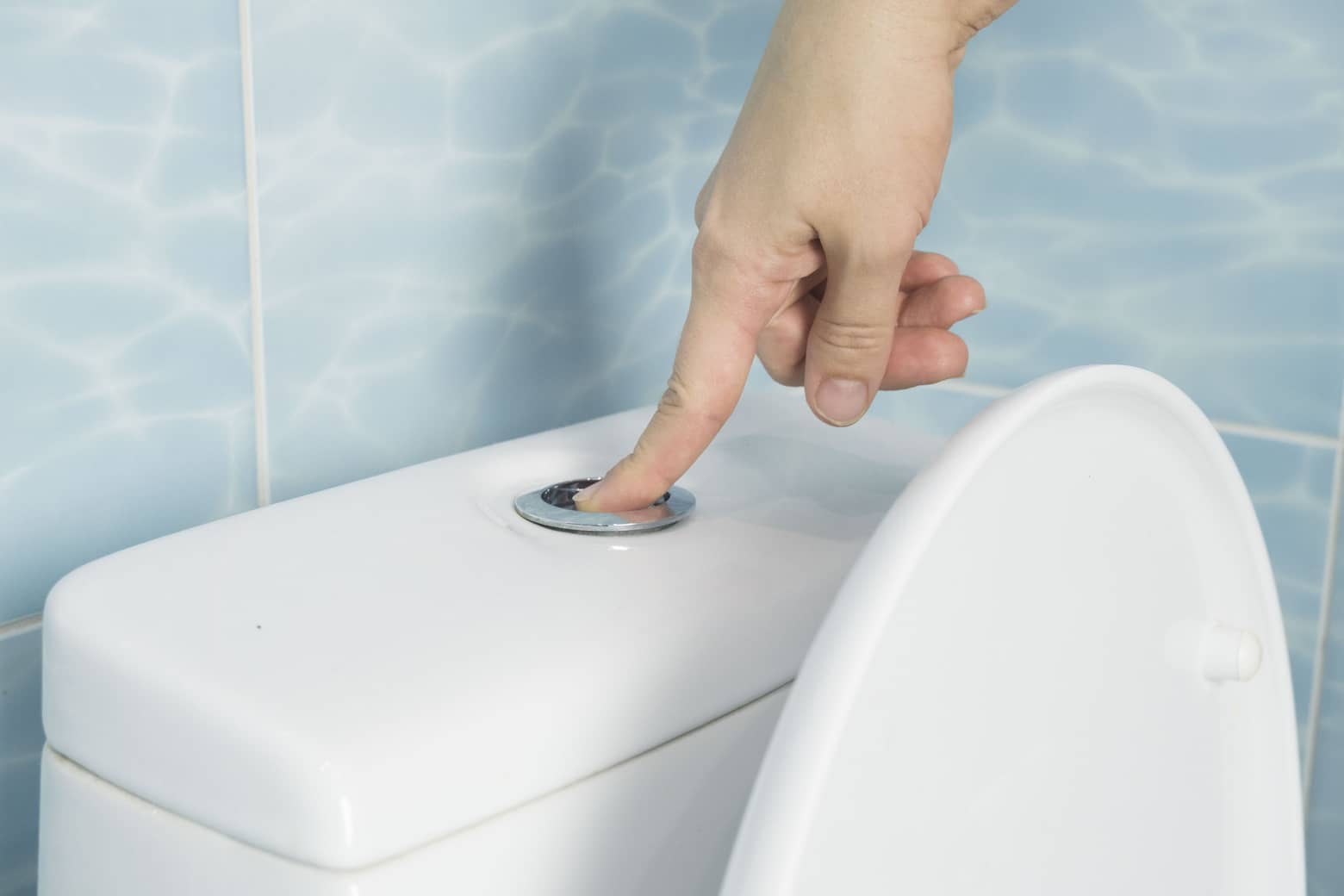



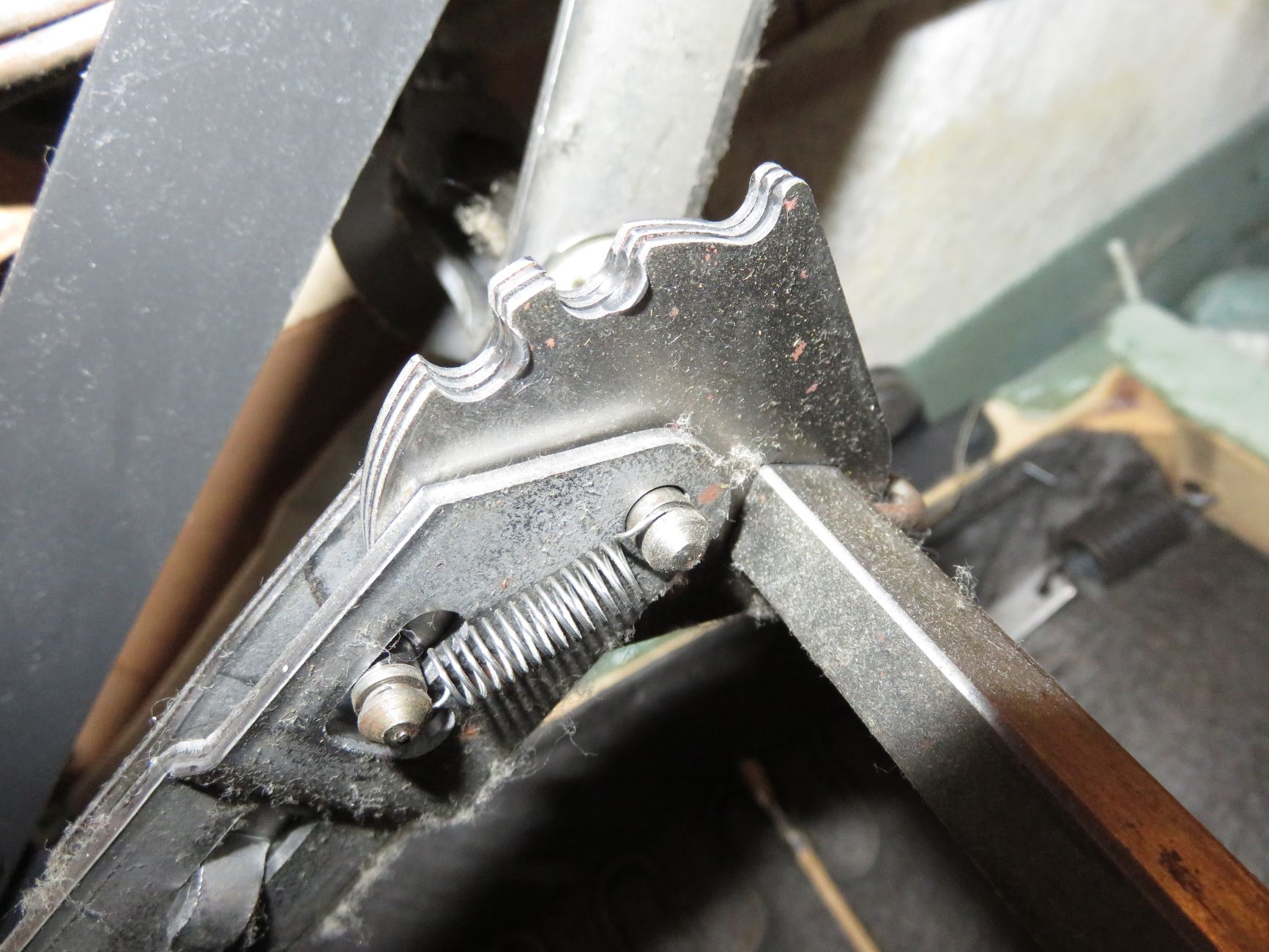
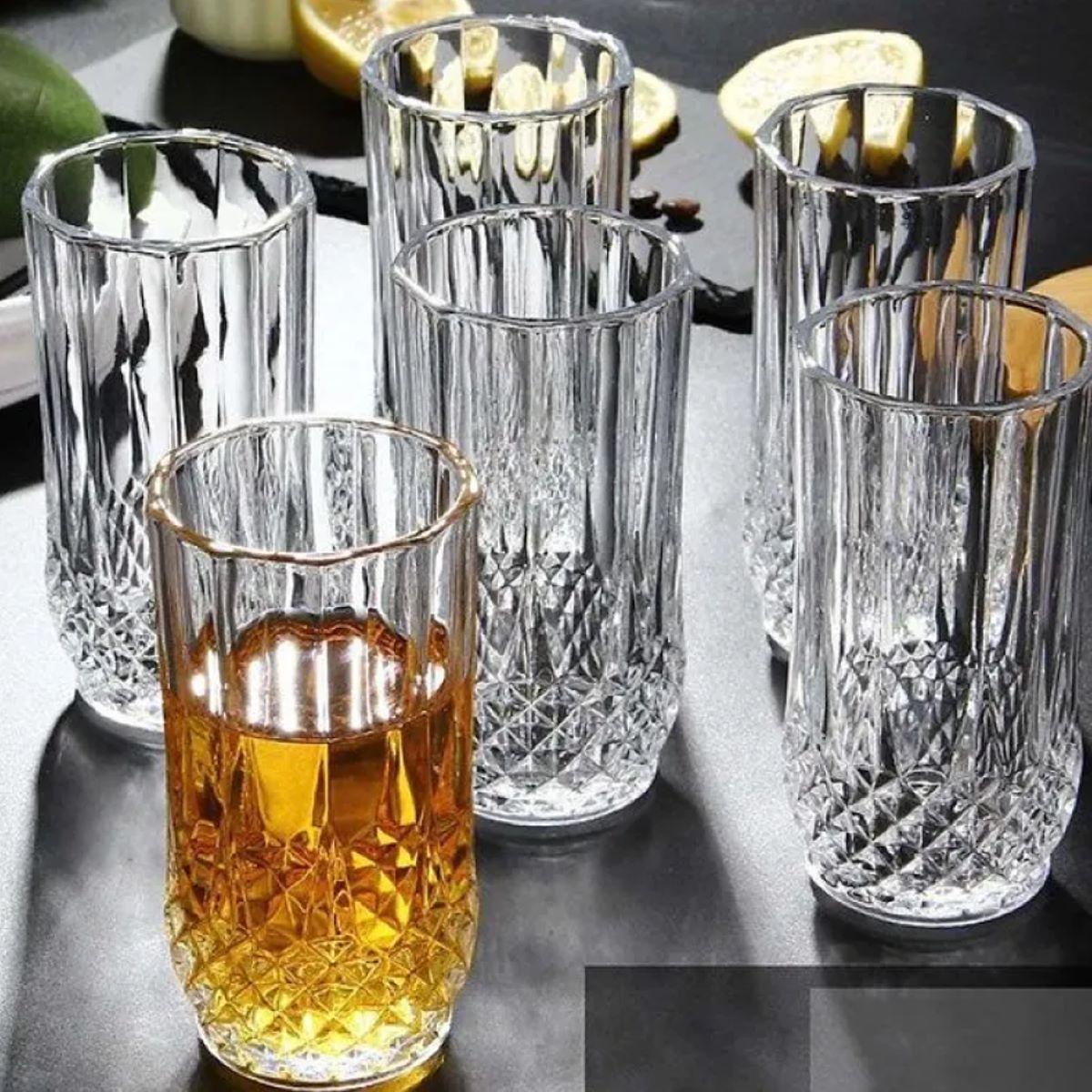

0 thoughts on “Where Should Silverware Go In The Kitchen”